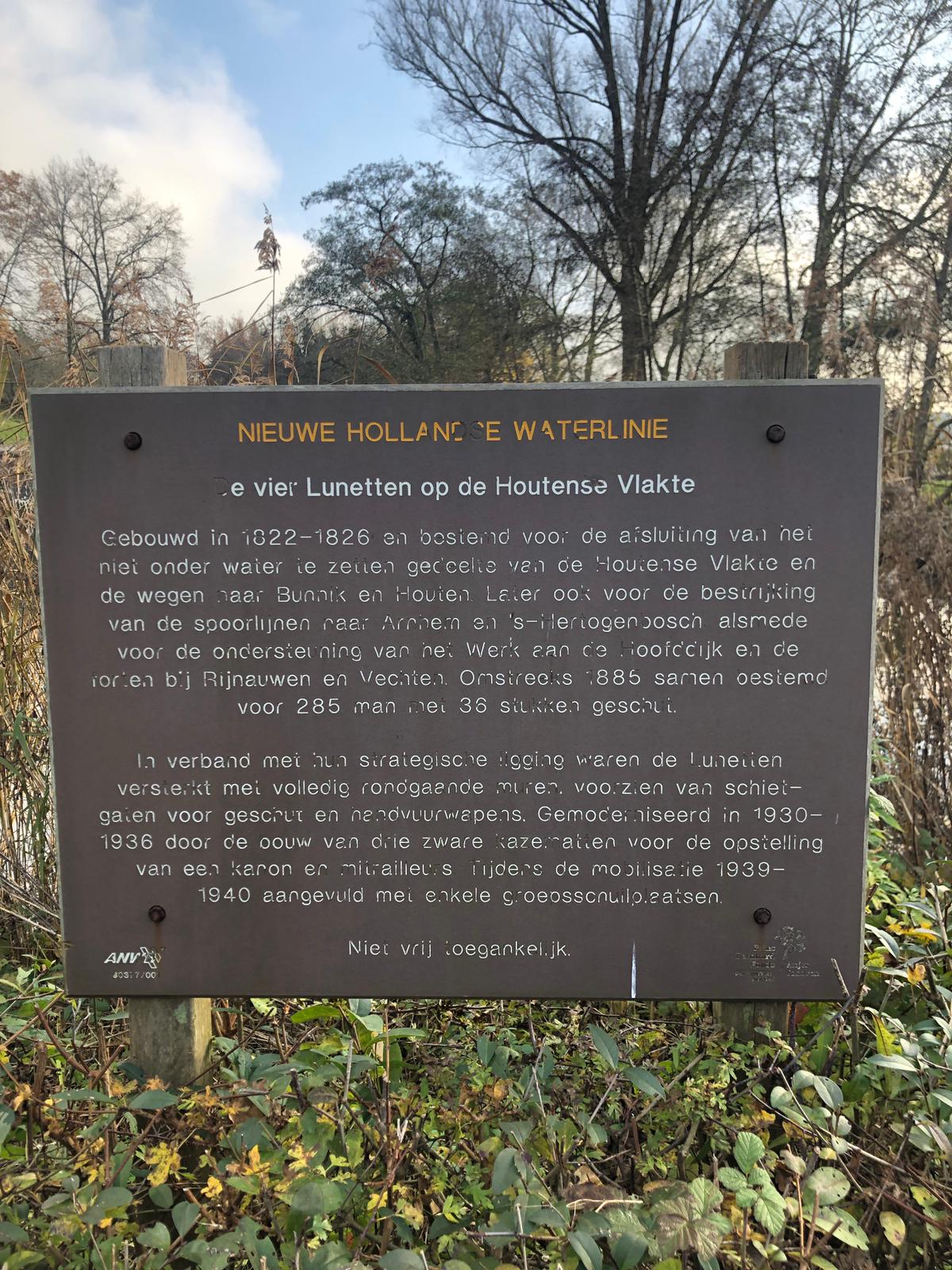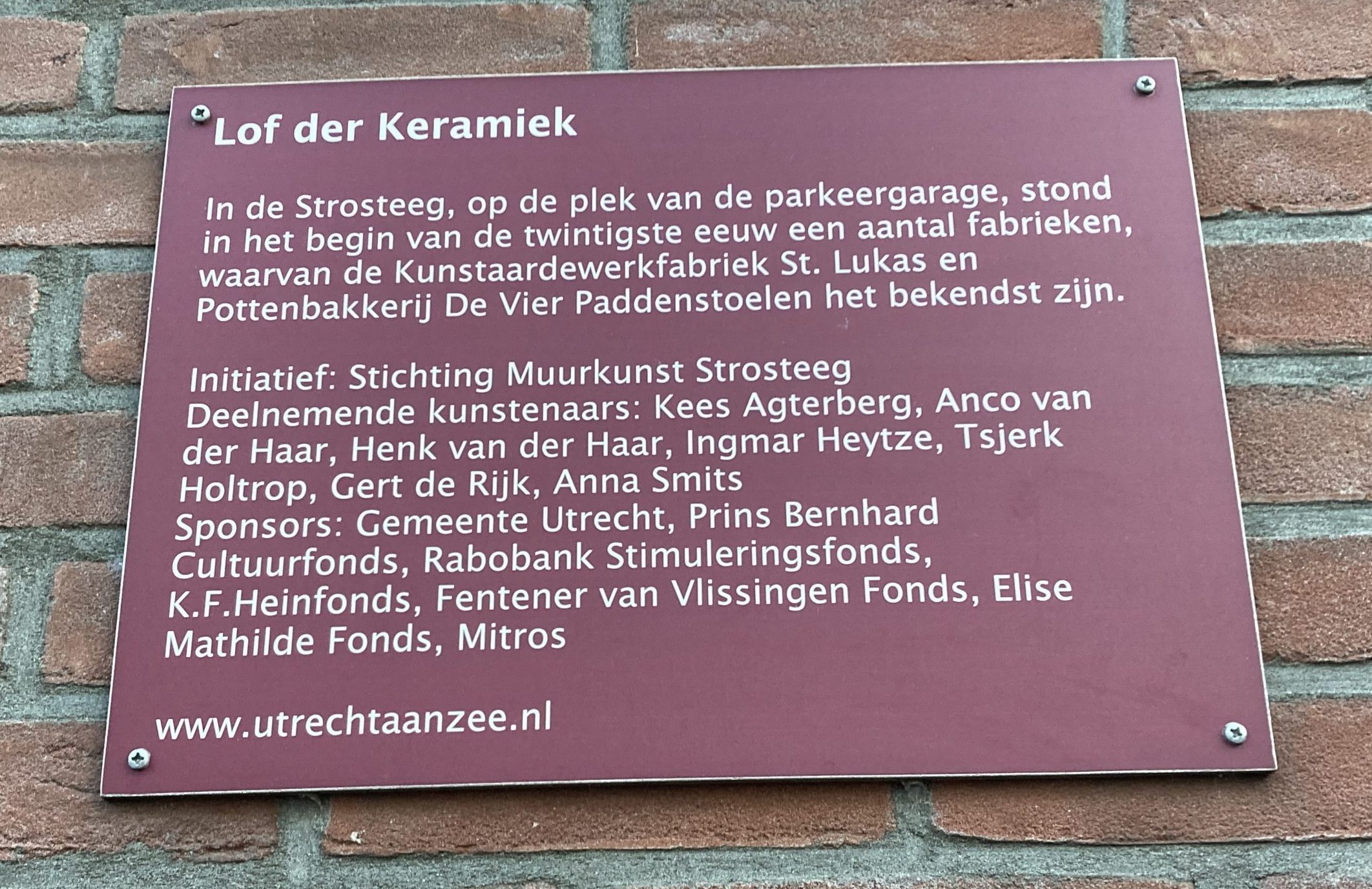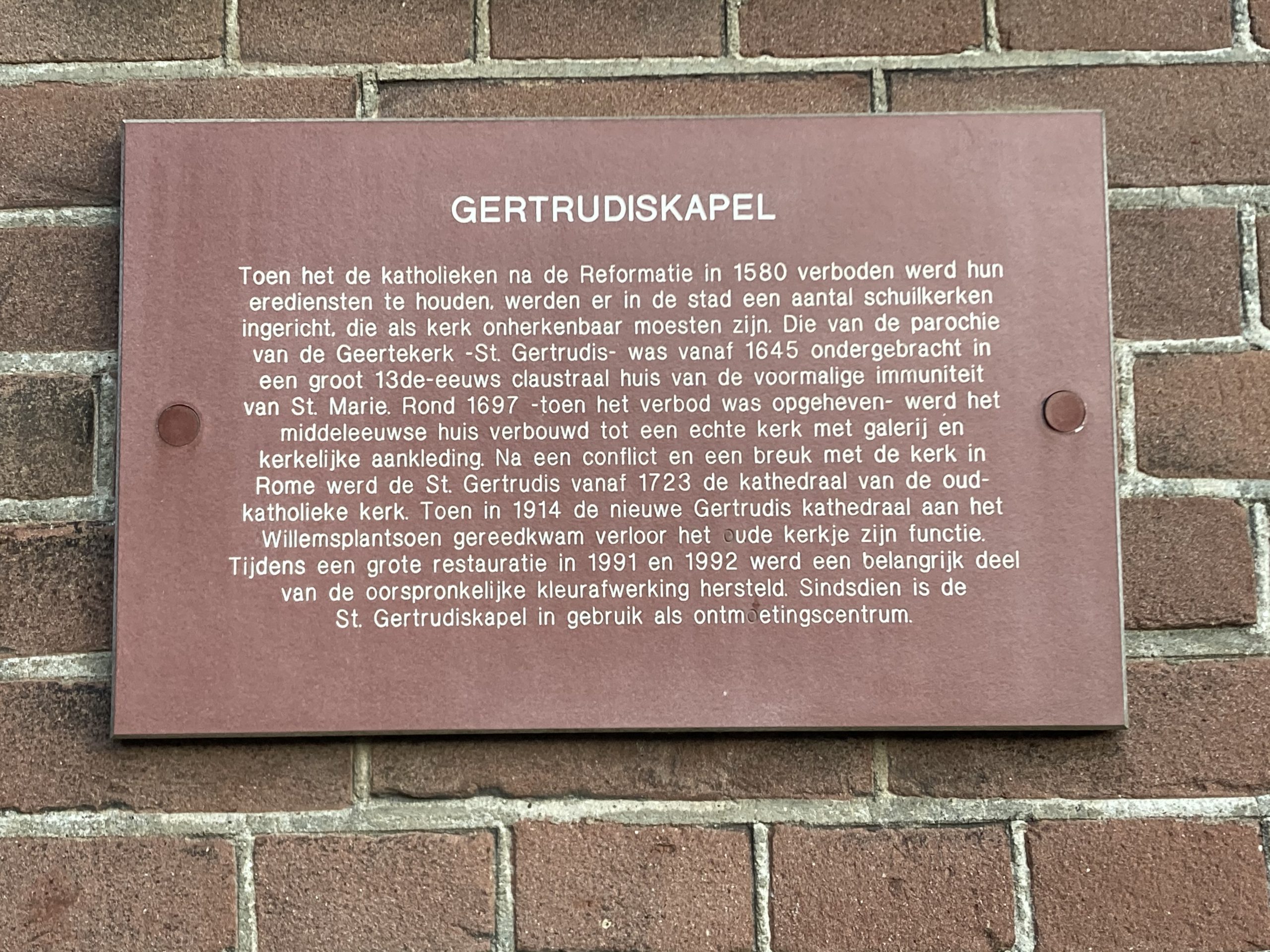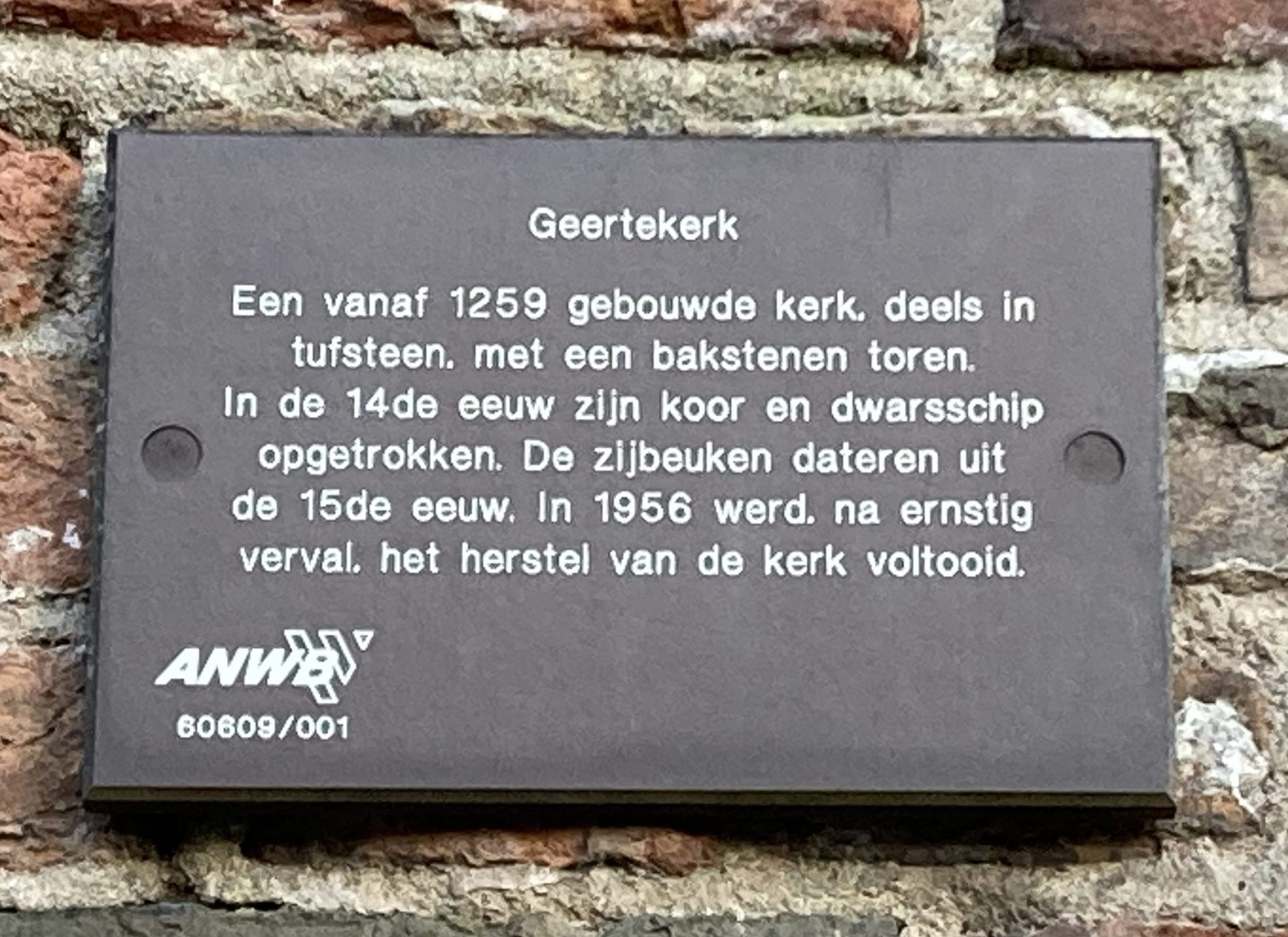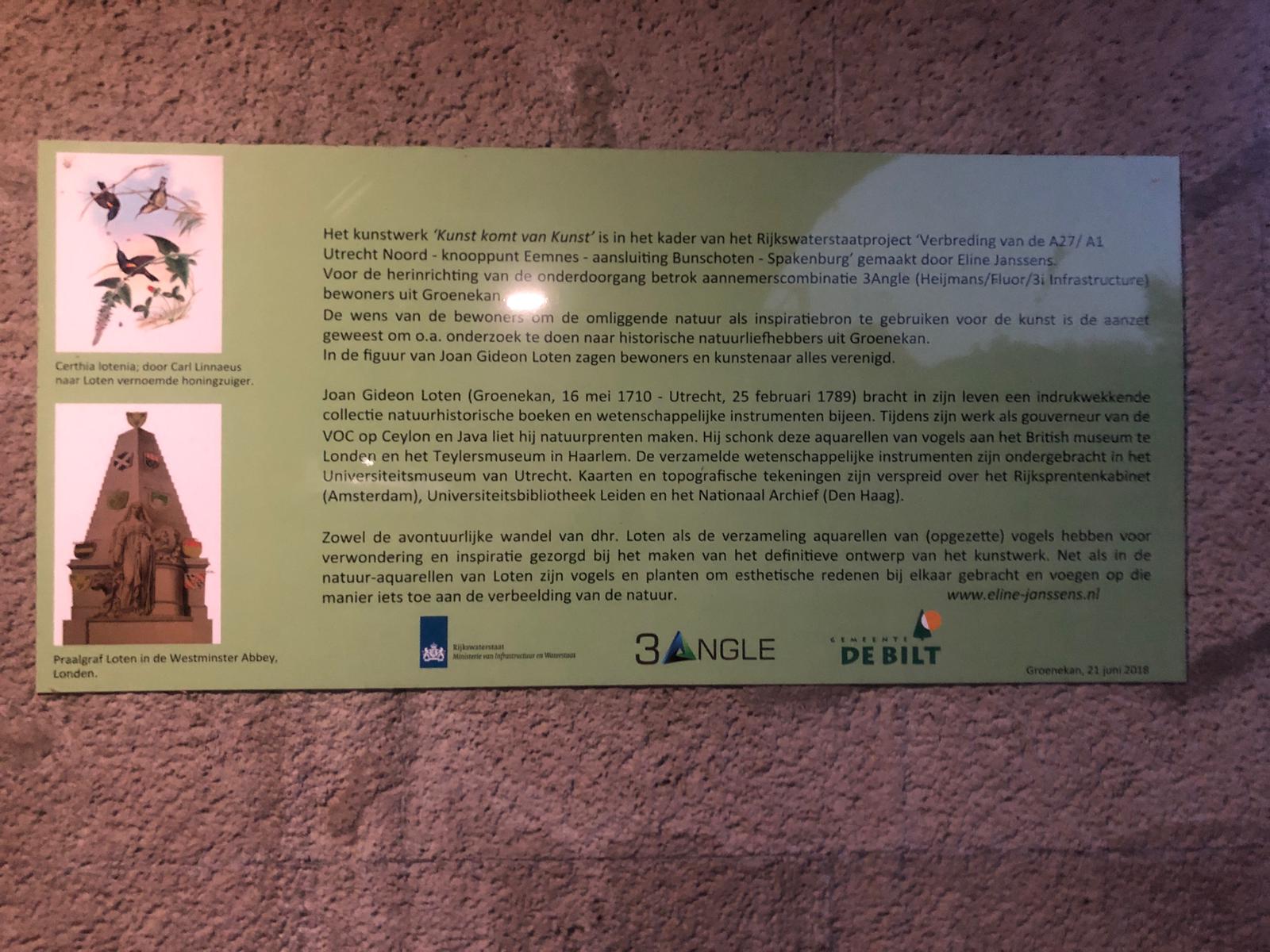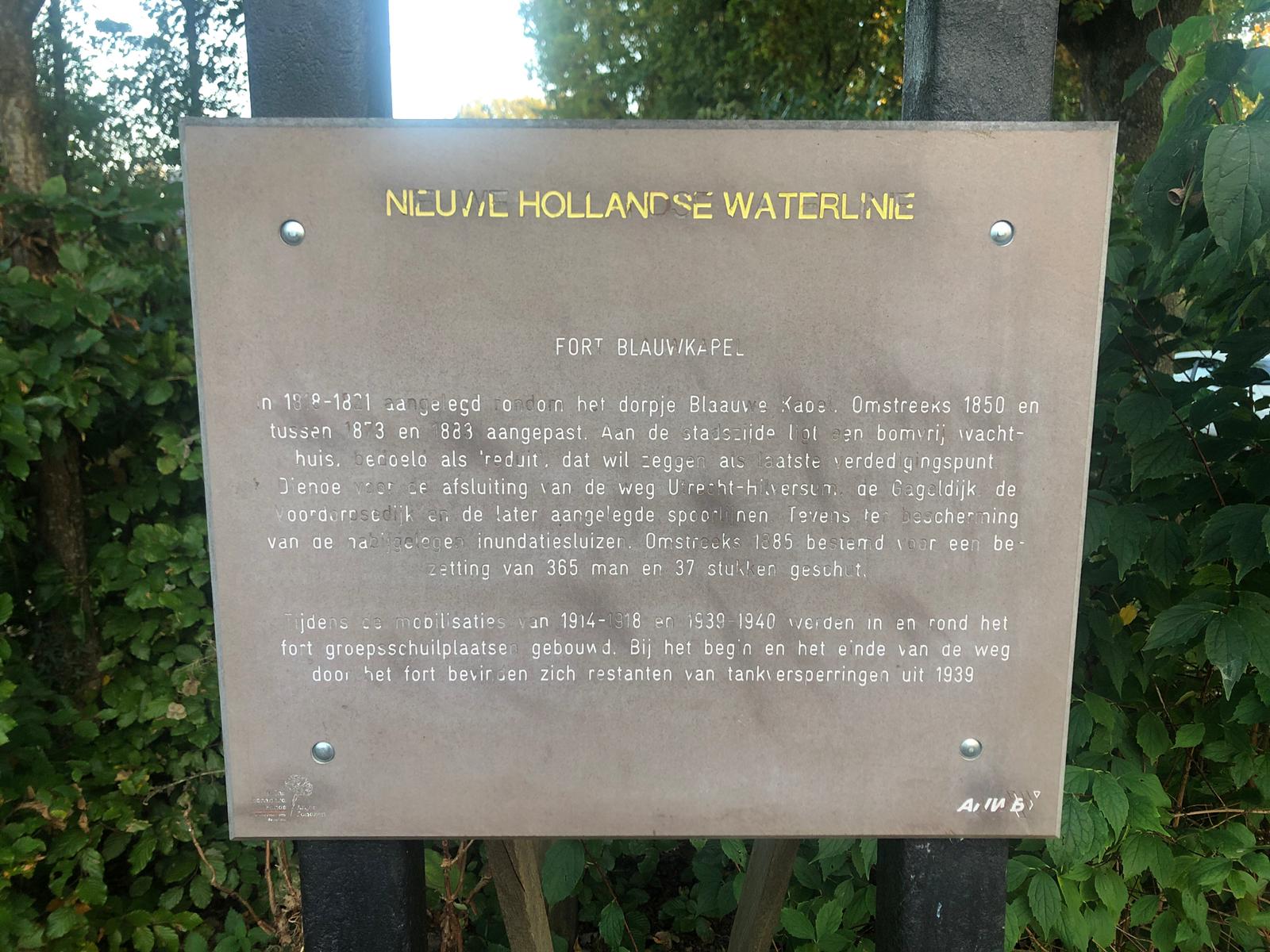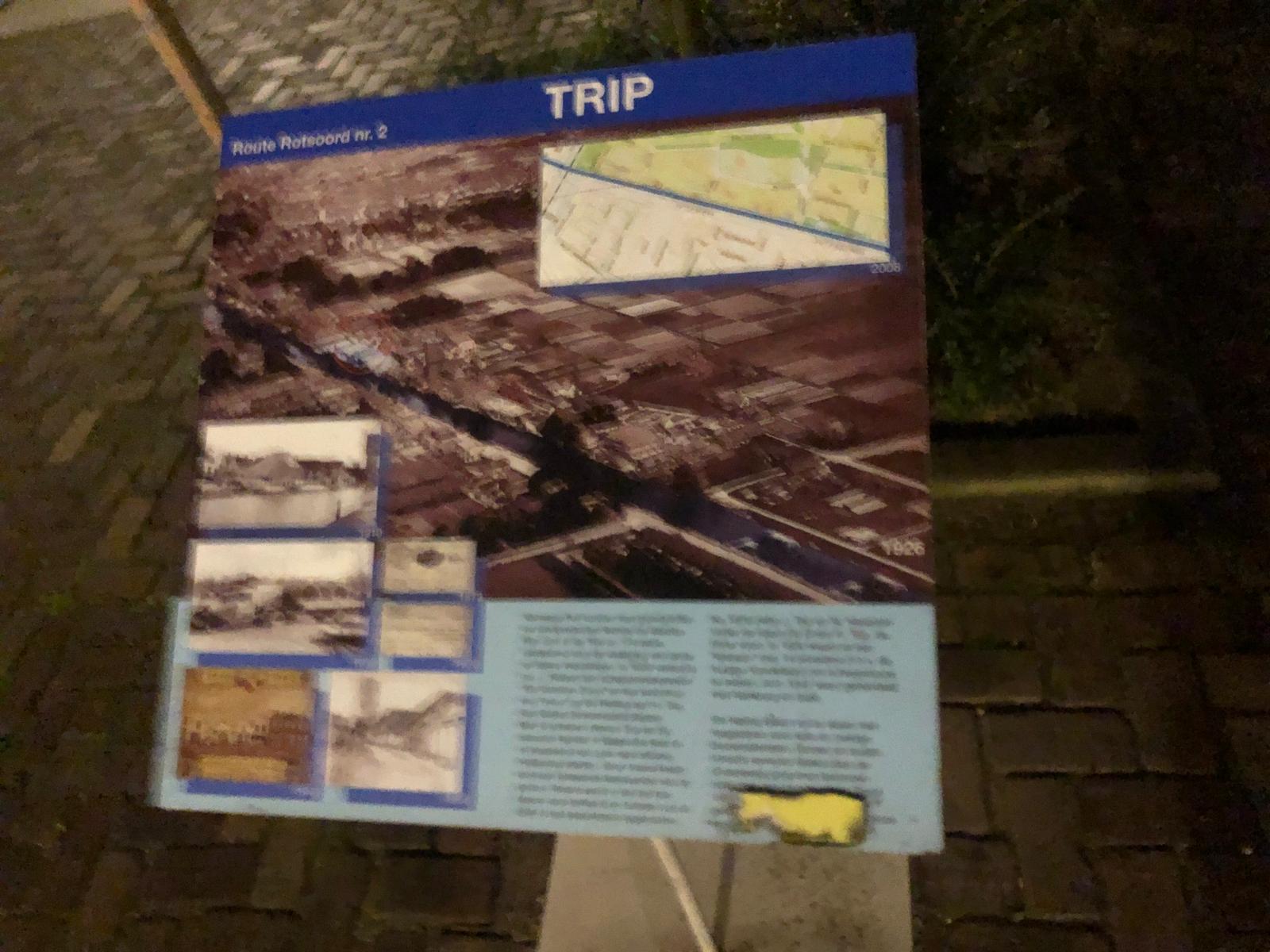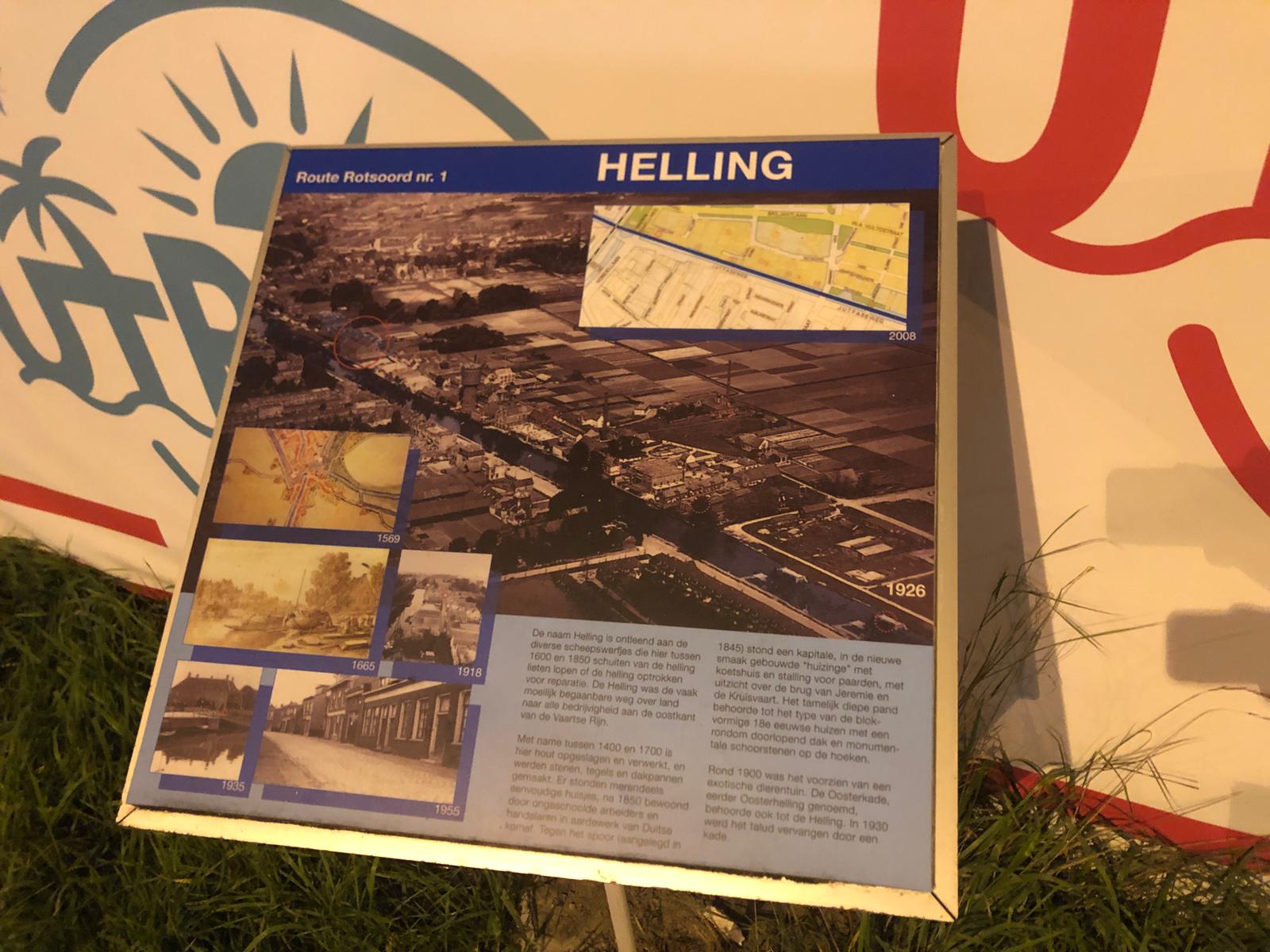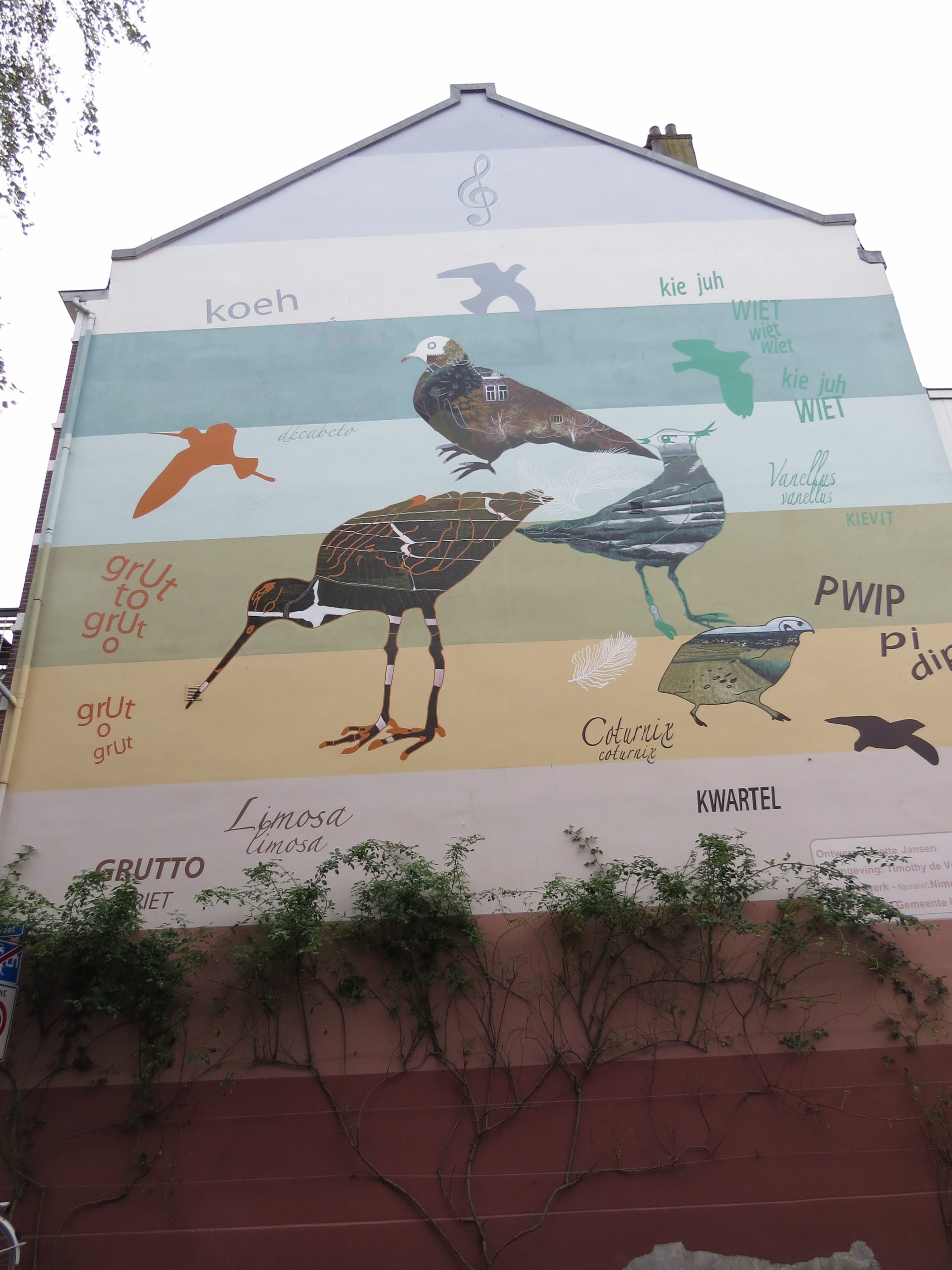New Dutch Water Line
The four Lunettes on the ‘Houtense Vlakte’ Built in 1822-1826 and intended for the closure of the part of the Houtense Vlakte that cannot be flooded and the roads to Bunnik and Houten. Later, it also served for the coverage of the railway lines to Arnhem and ‘s-Hertogenbosch as well as for the support of […]

